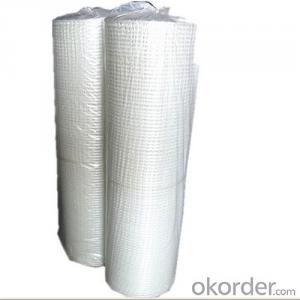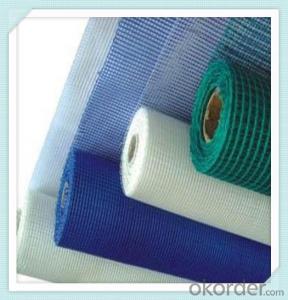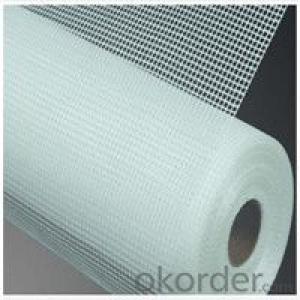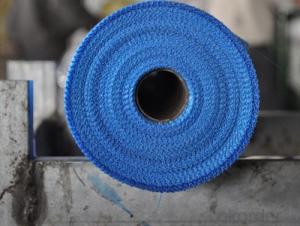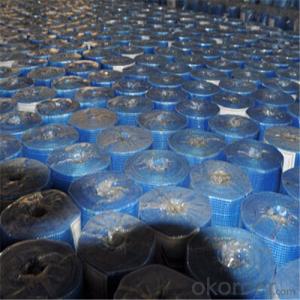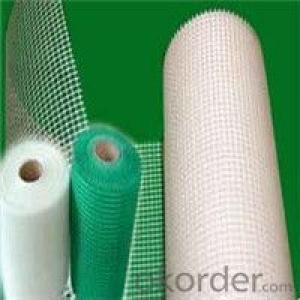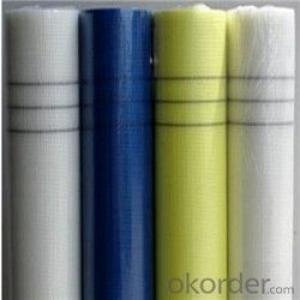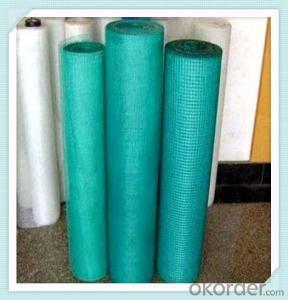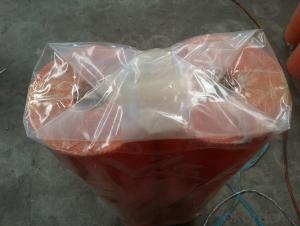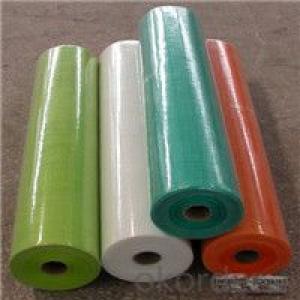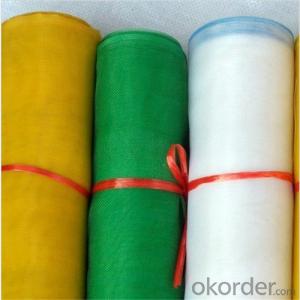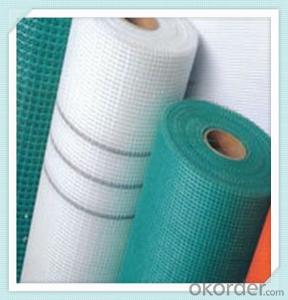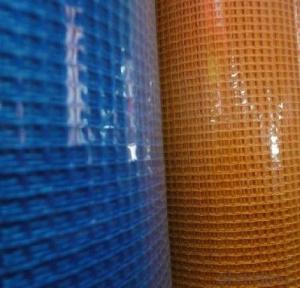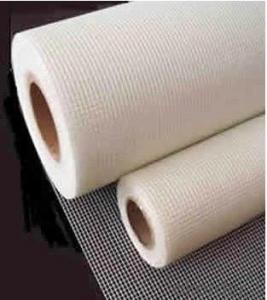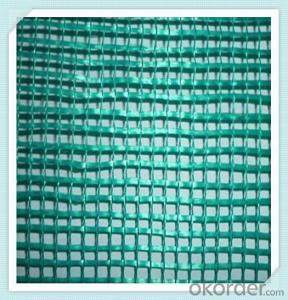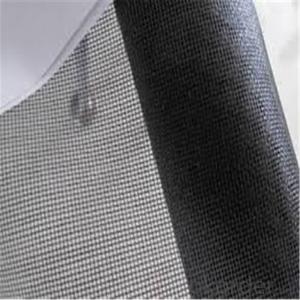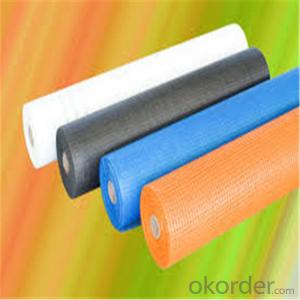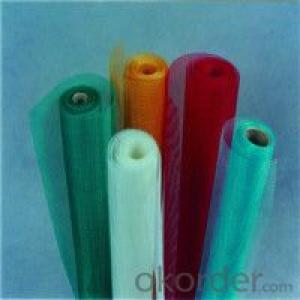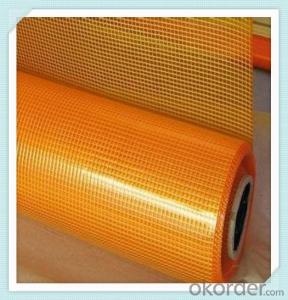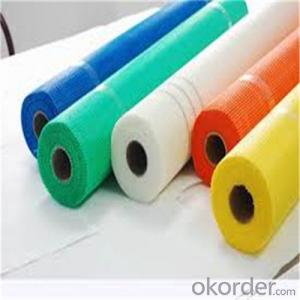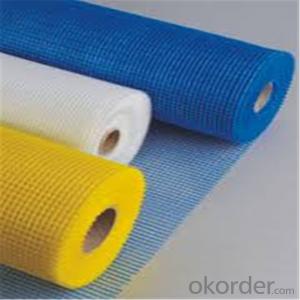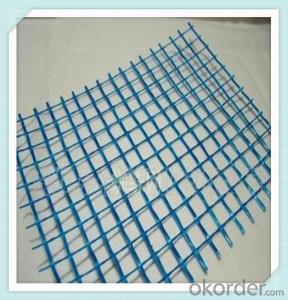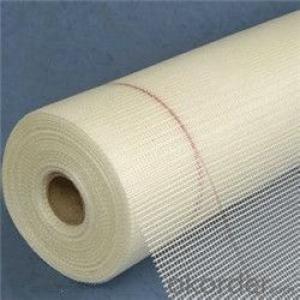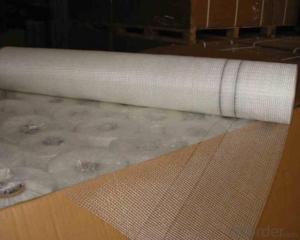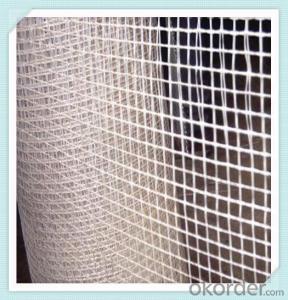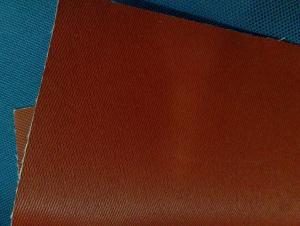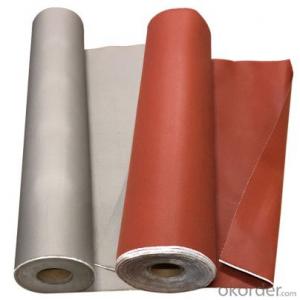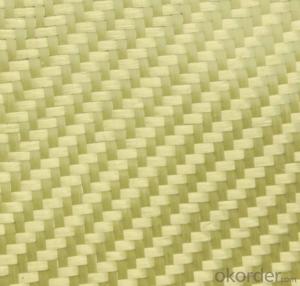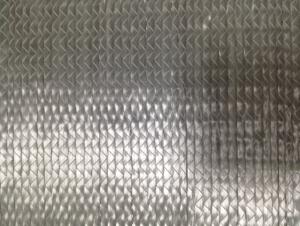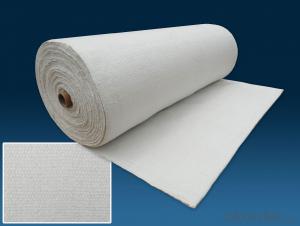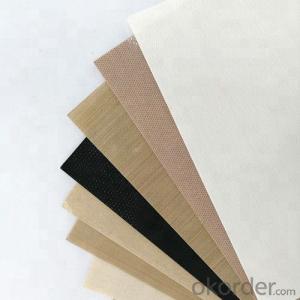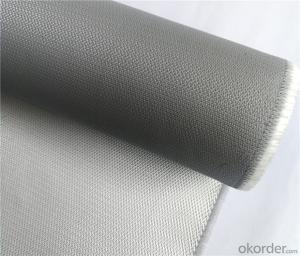Epoxy Resin And Fiberglass Cloth
Epoxy Resin And Fiberglass Cloth Related Searches
Fiberglass Resin Roll Of Fiberglass Cloth Fibreglass Resin Resin Fiberglass Fiberglass Cloth Roll Fiberglass Yarn Fiberglass Woven Fabric Fiberglass Fabric Glass Reinforced Epoxy Fiberglass Woven Fiberglass Cloth Philippines Fibreglass Fabric Fiberglass Resin Bulk Carbon Fiber Cloth 1708 Fiberglass Cloth Fiberglass Thermal Insulation Woven Fibreglass Fiberglass Insulation Blanket Fiberglass Sheets For Roofing Fiberglass Roving Fiberglass Roofing Tissue Fiberglass Temperature Resistance Fiberglass Blanket Insulation Car Fiberglass Polyurethane Epoxy Resin Fiberglass Roll Insulation Fibreglass Mesh Tape Electrical Conductivity Of Fiberglass Fiberglass Woven Roving Combo Mat Fiberglass Wall InsulationEpoxy Resin And Fiberglass Cloth Supplier & Manufacturer from China
Epoxy Resin and Fiberglass Cloth are two essential materials commonly used in various industries for their exceptional bonding, sealing, and reinforcing properties. These products are often combined to create a strong, durable, and waterproof composite material that is highly resistant to chemicals and corrosion. Epoxy Resin And Fiberglass Cloth are widely used in applications such as boat building, automotive repair, construction, and pipe lining, where their ability to withstand harsh conditions and provide long-lasting performance is highly valued.In many of these applications, Epoxy Resin And Fiberglass Cloth are used to repair or reinforce structures, creating a strong bond and providing additional strength. This combination is particularly effective in situations where there is a need for a watertight seal or protection against chemical exposure. The versatility of these materials allows them to be used in a wide range of environments, from marine applications to industrial settings, making them a popular choice for professionals and DIY enthusiasts alike.
Okorder.com is a leading wholesale supplier of Epoxy Resin And Fiberglass Cloth, offering a vast inventory of these products to meet the needs of customers worldwide. With a commitment to quality and customer satisfaction, Okorder.com ensures that each order is carefully packaged and shipped promptly, providing businesses and individuals with the materials they need to complete their projects successfully.
Hot Products


